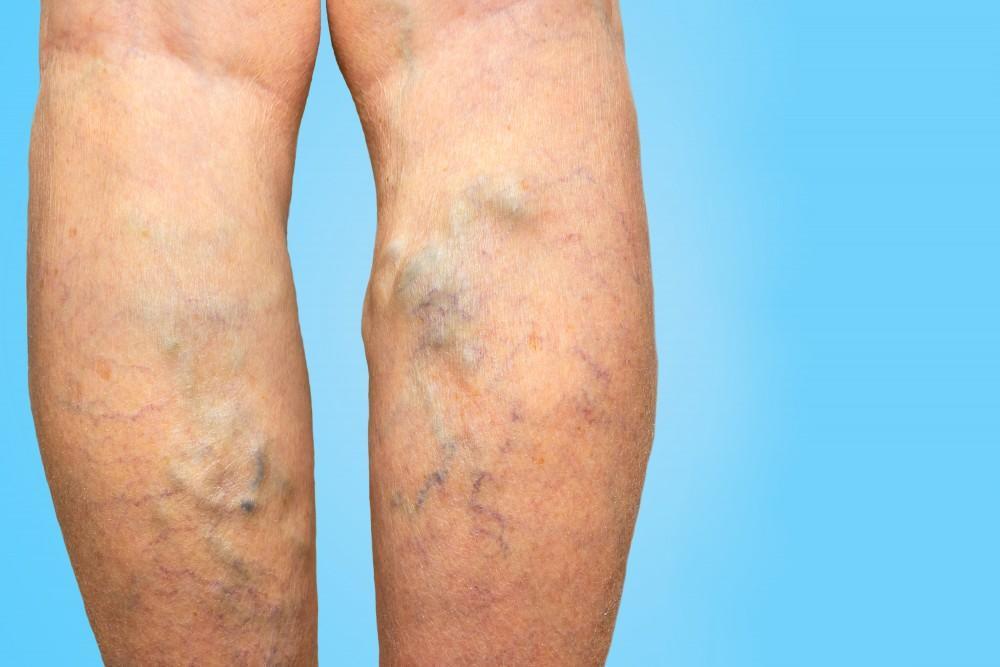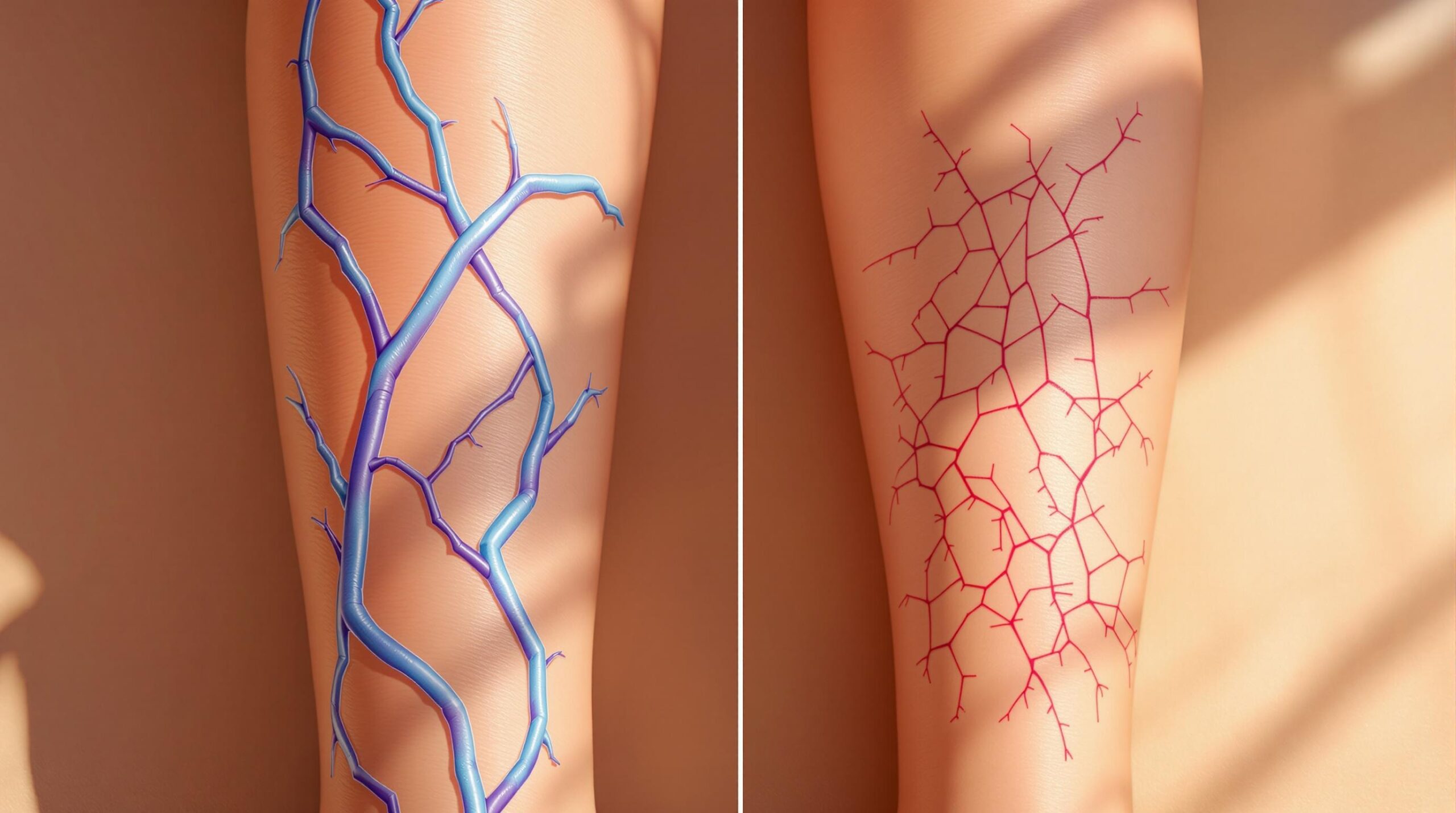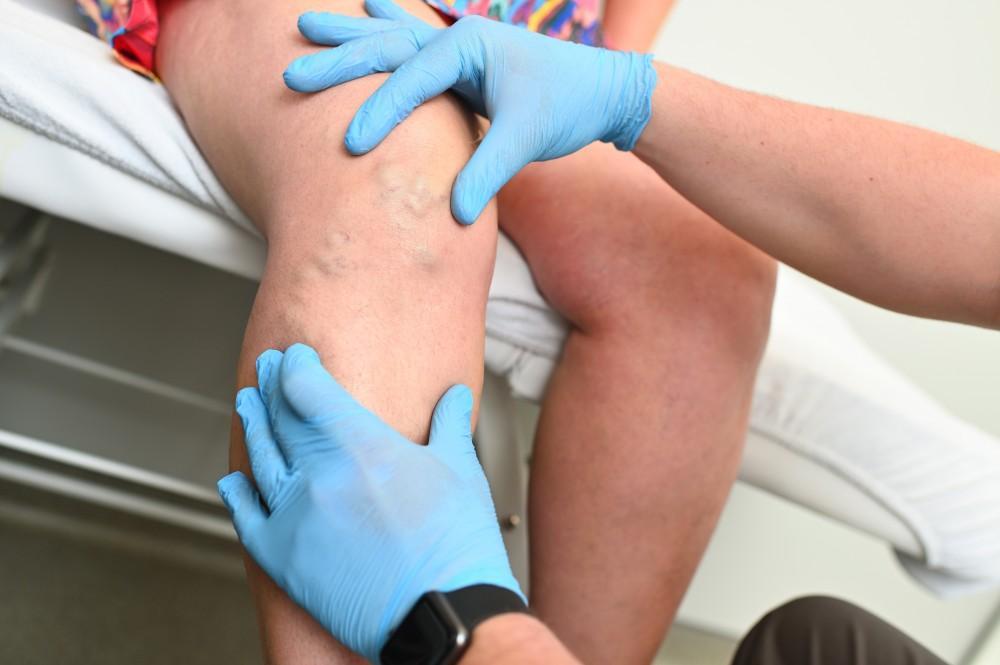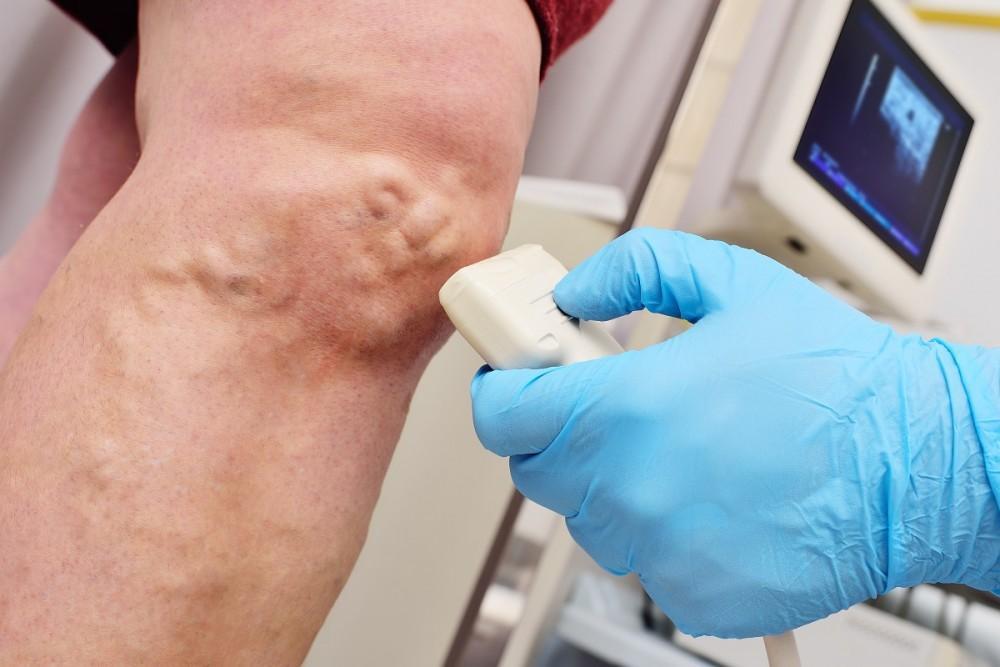If you’ve developed varicose or spider veins in your legs, you’re not alone — 30%-60% of the adult population in the United States develop these types of veins. There are many factors that place you more at risk of developing visible veins, but two account for a large majority of cases — gender and age.
At Prime Heart and Vascular, Dr. Rishin Shah and our team focus on cardiovascular health, which encompasses serious conditions like heart disease to more benign conditions like varicose and spider veins.
In the following, we explore how and why visible veins develop and what we can do about them.
Behind varicose and spider veins
Most spider and varicose veins are caused by a malfunction in the veins in your legs. Your veins are responsible for delivering blood back to your heart, and the veins in your legs have added hurdles in terms of distance and gravity. To keep your blood flowing up, the veins in your legs are equipped with tiny valves that shut as blood passes through to prevent it from spilling backward.
If these valves don’t close completely, blood can pool, which causes pressure in your blood vessels, forcing them to rise to the surface and even bulge, as is the case with varicose veins.
In most cases, spider and varicose veins aren’t medically serious, but varicose veins can lead to problems with discomfort, and in severe cases may cause leg ulcers.
Risk factors for visible veins
Now that we better understand the mechanism that causes your veins to become more visible, let’s take a closer look at why this happens.
Age
First, age can play a role in the development of spider and varicose veins as the valves in your legs, as well as surrounding muscles, begin to naturally weaken. Remaining active can help offset this effect, as exercise helps keep your muscles strong and your blood flowing more freely. As well, compression socks can help keep your blood traveling in the right direction.
Still, age always has the final word, and you may develop visible veins despite your best efforts.
Gender
Another large risk factor is your gender — women outpace men by more than two to one when it comes to varicose veins and spider veins. The unsightly varicosities may affect more than half of women at some point in their lives, although it’s usually later in life.
The reason why women develop visible veins more than men has a lot to do with hormones. The swings that women experience in reproductive hormones cast a wide net over their health, including their vascular health. More specifically, increases in progesterone can weaken the walls of their blood vessels.
As you can see, two of the leading risk factors for varicose and spider veins are circumstances you can do little about, but we do offer solutions.
Treating spider and varicose veins
If you’d like to get rid of your spider or varicose veins, we offer several vein treatments, including:
- Radiofrequency ablation
- Sclerotherapy
- Microphlebectomy
These techniques either shut down or remove the vein, forcing your blood to reroute itself through healthier vessels.
If you’d like to learn more about how to get rid of visible veins in your legs, please contact one of our three offices in Plano, Frisco, or Allen, Texas, to set up an appointment.





